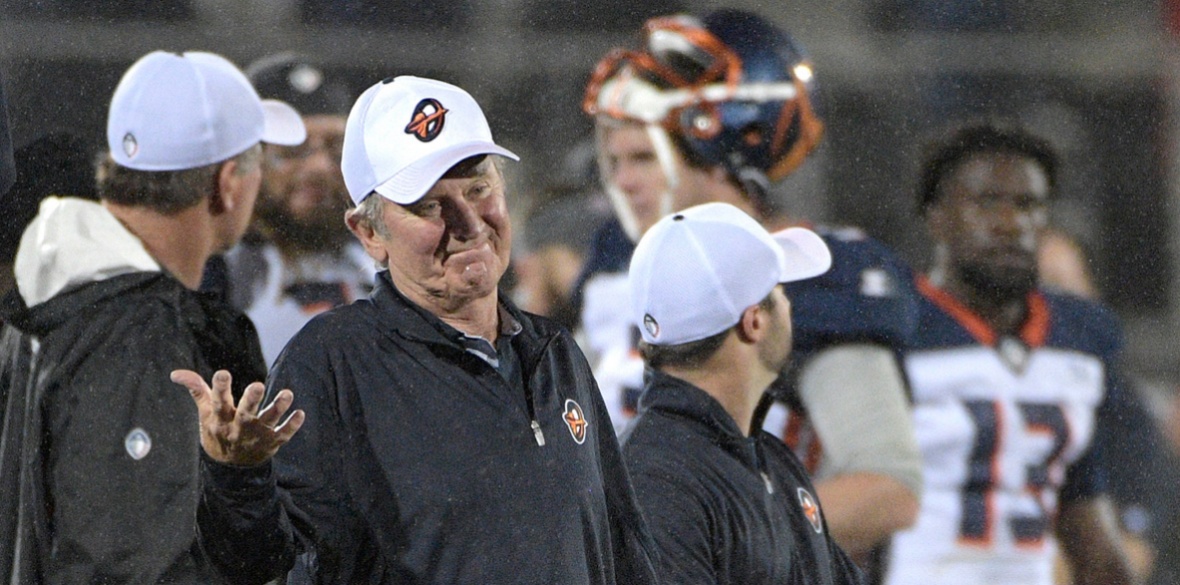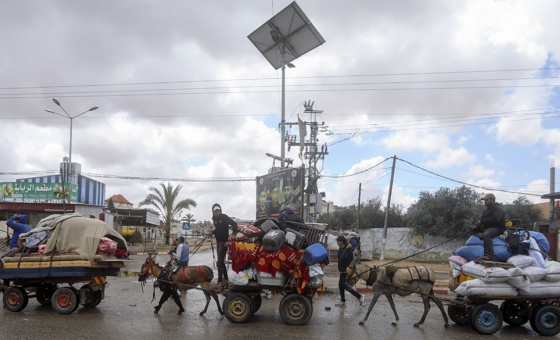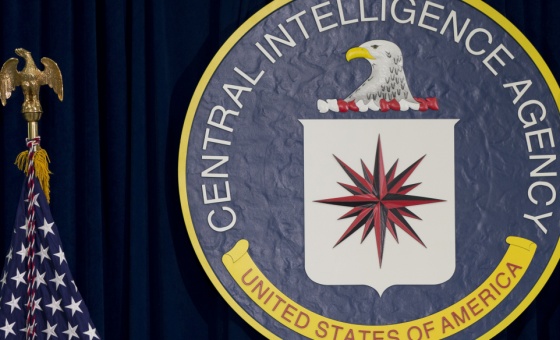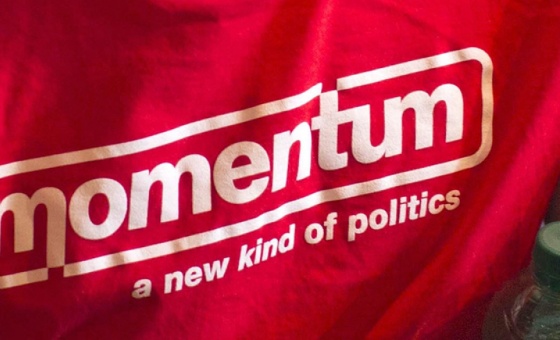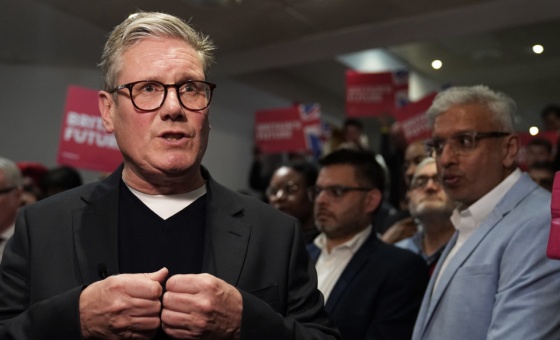This is the last article you can read this month
You can read more article this month
You can read more articles this month
Sorry your limit is up for this month
Reset on:
Please help support the Morning Star by subscribing here
THE Alliance of American Football was a short-lived thing. The league lasted a mere eight weeks before folding, last Tuesday chairman Tom Dundon suspended all football operations.
Dundon injected $250 million (£191m) into the league as a “bailout” — which the league insisted it did not need — only to then pull the plug on it, leaving thousands of people in career limbo.
A lot of the details are yet to be revealed and many creases are to be ironed out, all that is known for sure is that Dundon is the main antagonist.
Many players are yet to be paid and there are some disturbing human elements to this mess. Gionni Paul, linebacker for the Salt Lake Stallions, broke his arm three days before the league ceased operations. Suddenly, the 26-year-old father-of-two was left unemployed, with a broken arm and no idea as to what his football future holds.
Players had also been informed they had to pay out of their own pocket to fly home from games and scouting had to be done the old school way as teams were not equipped with computers to help with the process.
The fact that this seismic announcement was made by email makes the situation worse. A spineless last act.
There are small silver linings to be had, however.
To date, 15 players who were blindsided by the AAF have signed with NFL teams and a further handful of players have visited with teams. Regardless of how fleeting the league was it provided a springboard for those after another chance at the highest level.
Most of those signed had spent time on an NFL practice squad but never saw the field, eventually being quietly let go to find a different path.
The AAF was never seen as a rival of the NFL’s. Quite the opposite. Many former high-profile stars jumped onboard in hopes of reviving their ever-fading professional football careers.
Perhaps the biggest competitor to the league was the Canadian Football League (CFL). The CFL has offered a way into the NFL for players who could not break the glass ceiling into the league for one reason or another.
The AAF was of a similar ilk and hoped for success stories similar to Hall of Fame quarterback Warren Moon who got his start with the Edmonton Eskimos in 1978. He would be named NFL MVP in 1990.
Cameron Wake failed to set the NFL alight when he arrived with the New York Giants in 2005 and was let go to little fanfare. A year with the BC Lions in 2007 in the CFL would reignite him and he has been a mainstay in the NFL for a decade with the Miami Dolphins. Wake has earned five Pro Bowl nods, three second-team All-Pro selections and a single first-team All-Pro honour.
They had the names to pull it off. Names such as Trent Richardson, who was selected third overall in the 2012 draft, signed with the Birmingham Irons. In his short AAF career he racked up 366 rushing yards and 11 touchdowns along with 205 receiving yards.
Richardson has not wavered from his opinion that his football career will end by “putting on a yellow jacket” and being inducted into the Pro Football Hall of Fame, though he will have to find another way — the AAF was tailor made for potential comebacks like his.
2012 Heisman Trophy winner and former first round selection Johnny Manziel was also brought into the league with the Memphis Express, though he would only play in two games and attempt eight passes. Manziel was another player who had hoped the AAF could propel him back to the NFL.
“Johnny Football” as he is was more commonly known, was identified as the star to help lift the Cleveland Browns from NFL punchline to serious contender — just like Richardson.
His inconsistent play teamed with a litany of off field issues saw to it that Manziel was just another name added to the ever-growing list of former Browns signal callers.
There are others, too. Lesser known names such as Christian Hackenberg and Zac Stacy were dotted around the league.
Opportunity was also there for coaches. Hall of Fame linebacker Mike Singletary was the head coach of the Express — his first HC gig since 2010 and first coaching job of any sort since 2016.
Even a Hall of Fame college coach found the league attractive. Steve Spurrier won a National Championship with Florida in 1996, a crowning moment in a career that has been littered with success.
The names are evidence enough to suggest there was, and still is, an appetite for such a league to exist.
As do the viewing figures. The league’s debut CBS broadcast drew 2.9 million viewers. That exceeded the 2.5m viewers ABC pulled in for the Houston Rockets home clash with the Oklahoma City Thunder in their prime-time slot.
Part of that may be down to the novelty of a new league, but early fan engagement should be enough for the NFL to revisit this concept and put together their own development league in the future.
Some teams did struggle. Those based in Salt Lake City and Phoenix struggled to get more than 10,000 fans through the turnstiles. The average attendance was 15,000 and in week seven the San Antonio Commanders recorded an attendance of 30,345.
For a spring league with higher production values, that’s not bad.
The termination of the league — which will happen barring a freak occurrence — in a microcosm could be viewed as a colossal failure. Fatal flaws in the project undermined any success the league could have achieved.
However, the NFL has far more financial muscle and has seen the pitfalls of how a mismanaged operation can flop. Part of NFL commissioner Roger Goodell’s homework and market research has already been carried out.
There has long been a gap in the NFL market for a developmental league. One that can be showcased in the NFL off-season and give players a chance to make a roster before the start of a new campaign. One that welcomes all misfits.
The execution of the AAF left a lot to be desired but the concept had room to grow. The market was steady enough and the league starting after the Super Bowl would ensure that they could garner a groundswell of support without worrying NFL big-wigs that they may steal viewership from the US’s favourite sport.
A project coming directly from the National Football League seems the next logical step if dreams of a developmental league are to be realised. The NFL has the capacity to make it work in the future if they so please.

